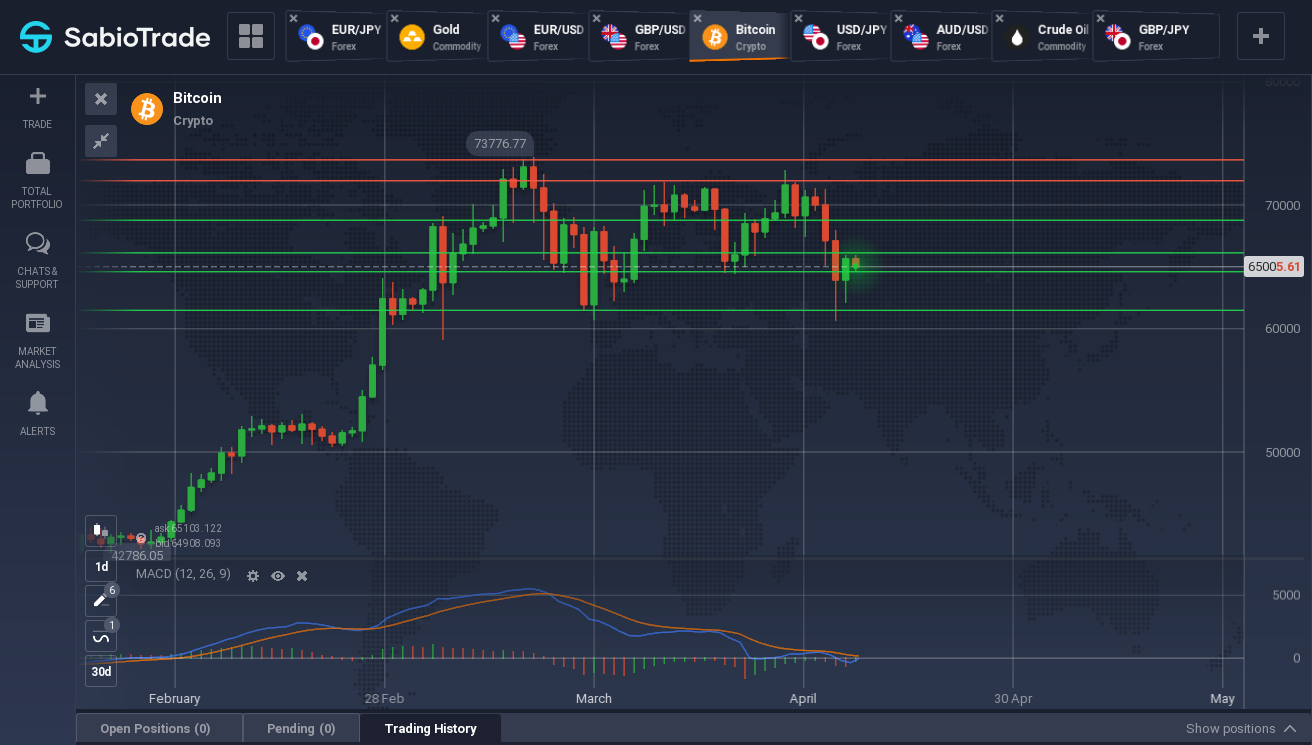Bitcoin Outlook: What to Expect This Week



At the outset of the previous week, Bitcoin surged confidently, hitting an intraday peak of $72,797 against the USDT pair. However, towards the week’s end, a notable correction ensued, resulting in a more than 3% loss since the week’s commencement.
On April 8th, Bitcoin saw a 3.26% increase, reaching the aforementioned intraday high. Yet, a shift in trader focus towards altcoins later in the day curbed Bitcoin’s growth, notably propelled by a sharp rise in the ETH/BTC pair, which contributed to Ethereum’s outperformance relative to Bitcoin. April 9th brought about a correction, with the BTC/USDT pair dropping by 3.45% to $69,146, potentially influenced by anticipation surrounding the release of US consumer price index data.
Despite volatility following the inflation data release on April 10th, Bitcoin closed the day with a 2.15% increase, reaching $70,631, as investors directed their attention to the upcoming halving event scheduled for April 19-20. April 11th witnessed a slight decline in the BTC/USDT pair by 0.88% to $70,006, possibly due to ongoing rise in the dollar index and news concerning a legal dispute between the SEC and Uniswap, the largest decentralized cryptocurrency exchange. Nonetheless, investors remained focused on the forthcoming halving event.
April 12th saw a significant drop in the BTC/USDT pair by 4.13% to $67,116, amid escalating geopolitical tensions. This decline continued with Bitcoin’s price reaching $68,000, triggering stop-loss orders on long positions and intensifying downward pressure. Consequently, the cryptocurrency market capitalization decreased to $2.509 trillion from $2.739 trillion, with long BTC positions worth $126.5 million liquidated within a day, and total liquidations reaching $920 million.
Further dynamics depend on developments in traditional markets and geopolitics. The halving event towards the end of the week will be a key event for the crypto market. Bitcoin is expected to rise.